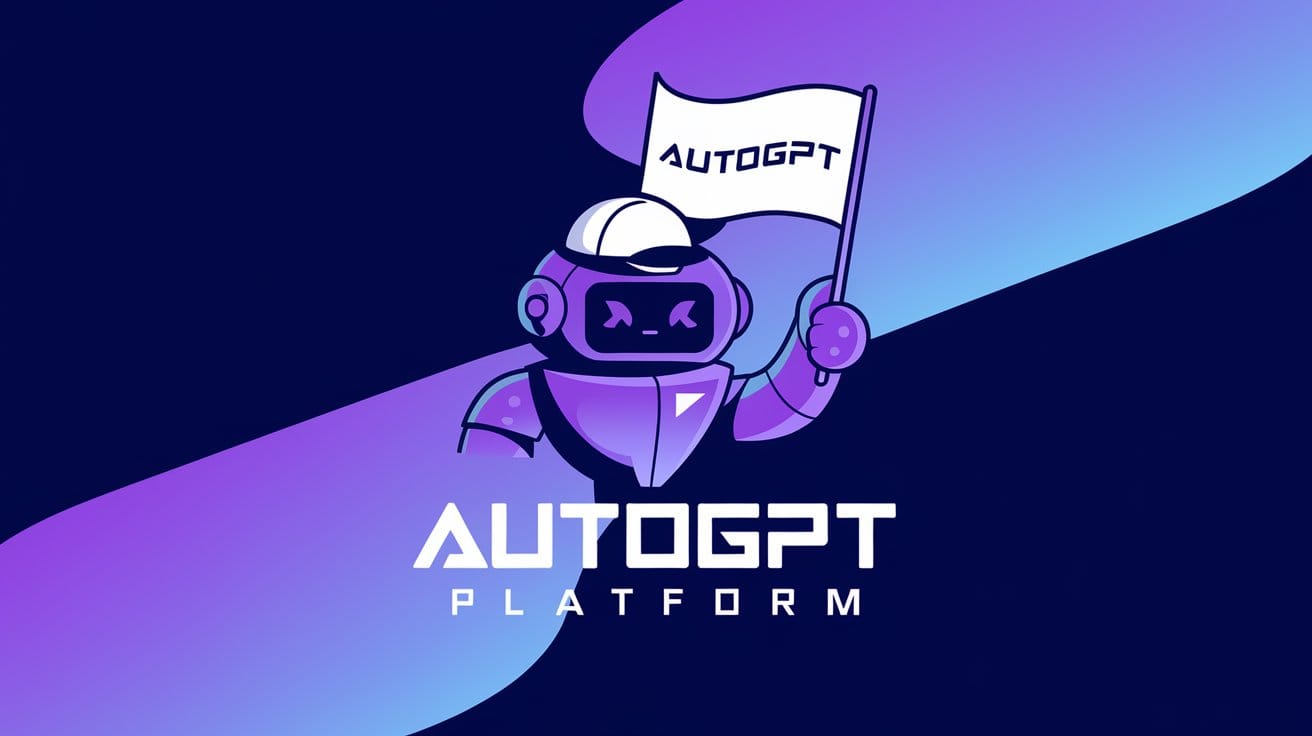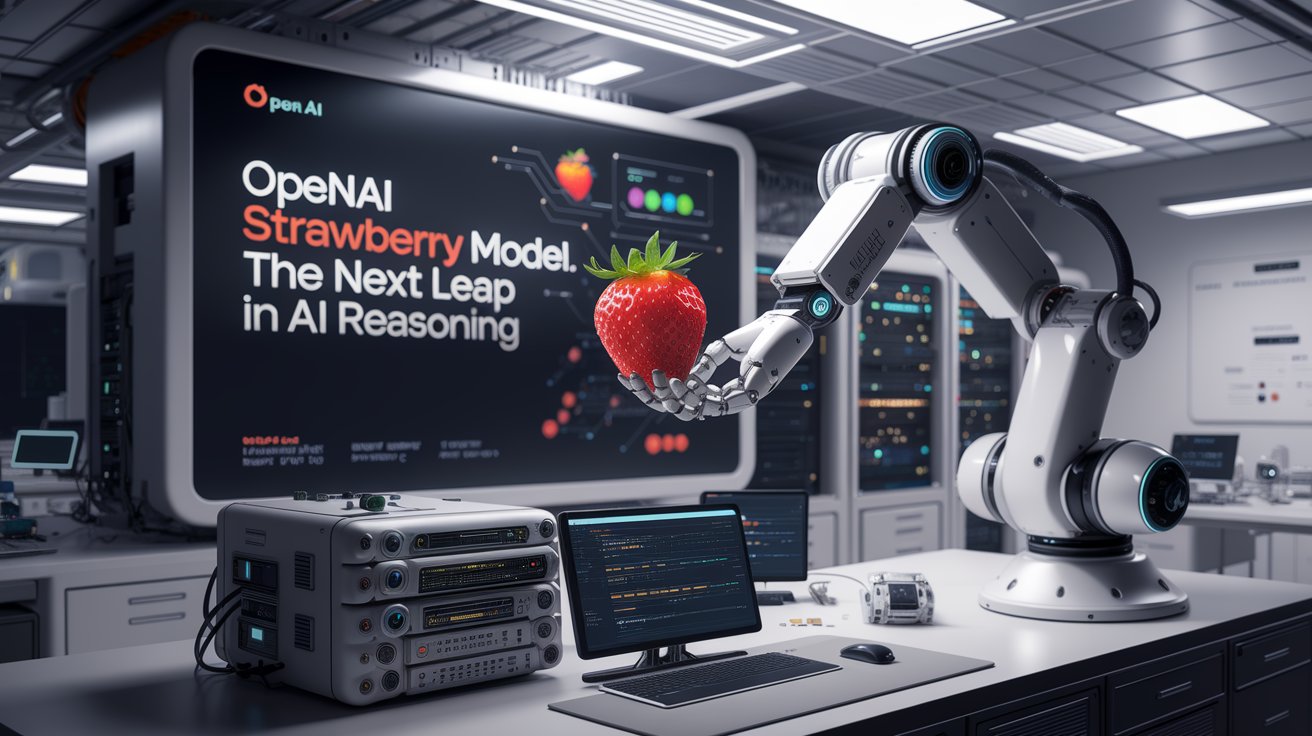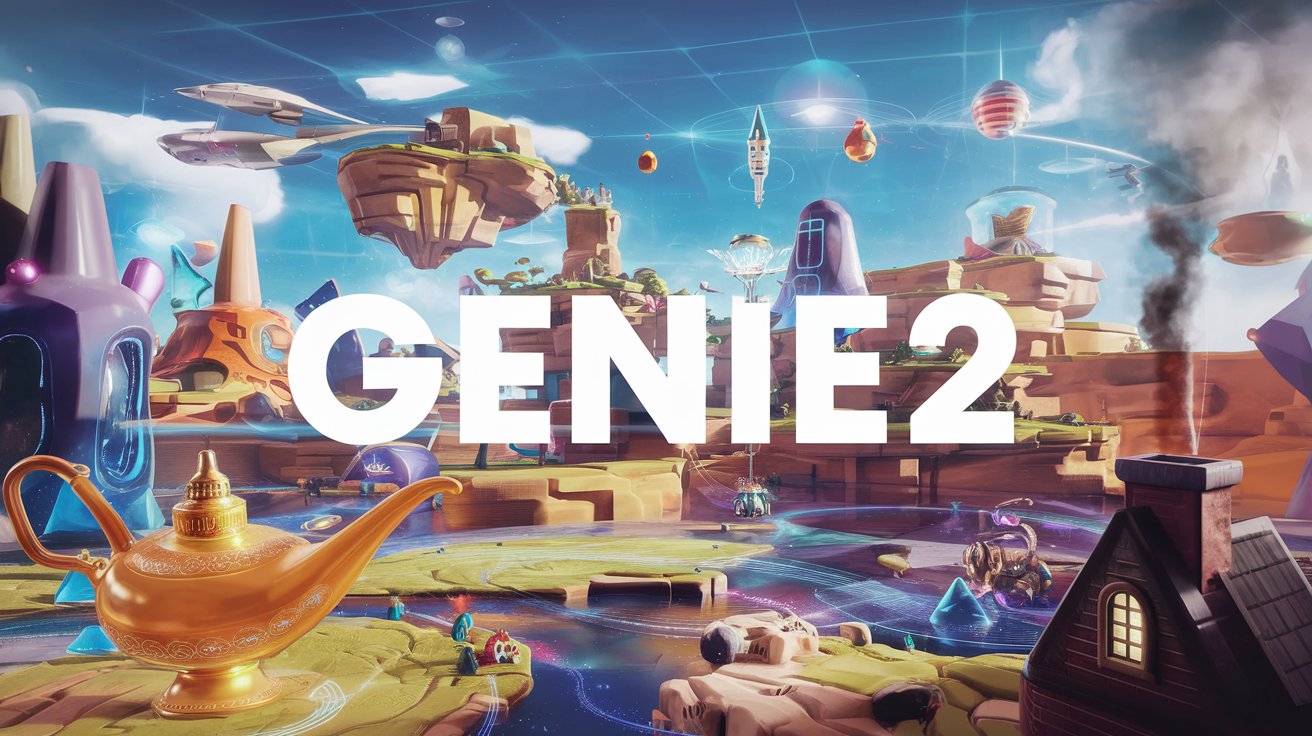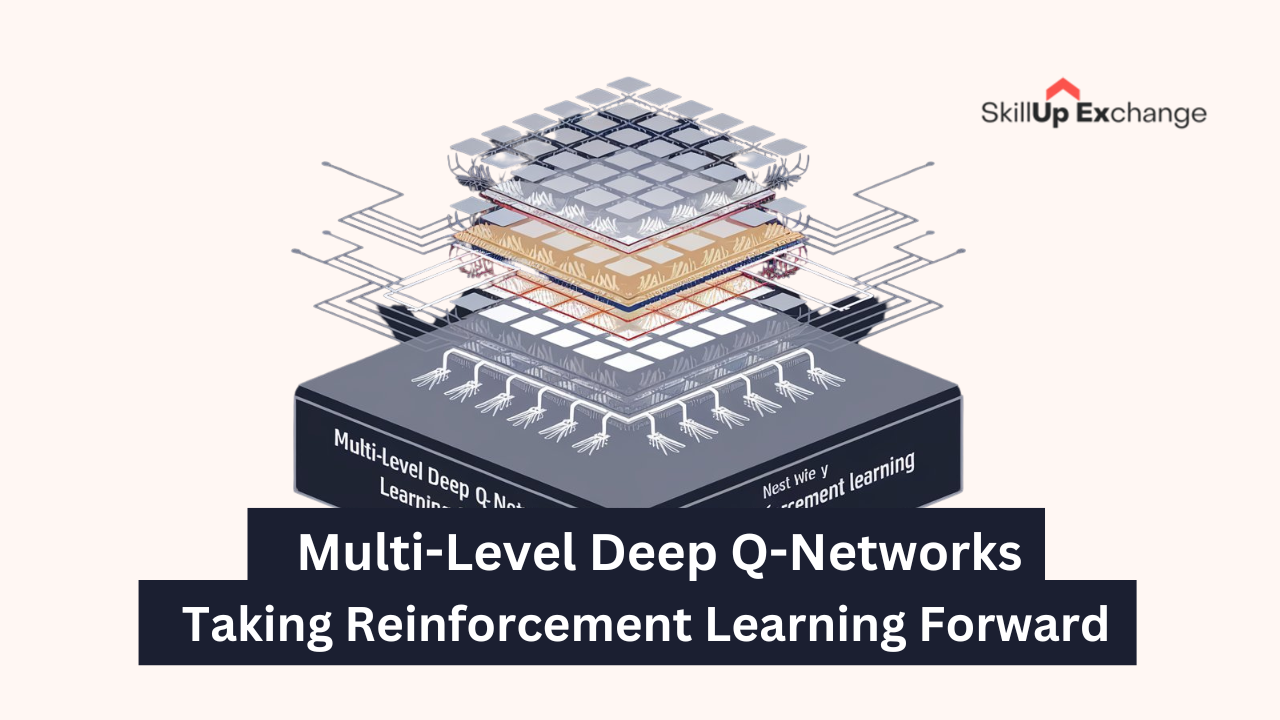AutoGPT Platform Launches: A Major Update in AI Automation

In a groundbreaking announcement, AutoGPT has unveiled its new AutoGPT Platform, ushering in a new era of AI automation. This innovative system is set to transform how businesses and individuals harness the power of artificial intelligence, making advanced automation accessible to users regardless of their technical expertise.
Introduction: A New Frontier in AI Automation
The AutoGPT Platform represents a significant leap forward in the democratization of AI technology. At its core, it’s a comprehensive system designed for creating, deploying, and managing continuous AI agents. These agents are capable of working tirelessly on a variety of tasks, bringing unprecedented efficiency and innovation to workflows across industries.
What sets the AutoGPT Platform apart is its focus on accessibility and power. By combining a user-friendly interface with robust AI capabilities, it aims to break down the barriers that have historically hindered widespread AI adoption. Whether you’re a seasoned developer or a business professional with no coding experience, the platform offers tools to automate complex processes and bring your ideas to life.
Key Features: Empowering Users with Advanced Capabilities
The AutoGPT Platform boasts several key features that make it a game-changer in the field of AI automation:
- Continuous Agents:
These are AI-powered assistants that run 24/7, capable of handling tasks autonomously. They can be set up to activate on specific triggers, ensuring that no opportunity is missed while allowing users to focus on high-value activities. Explanation: Think of continuous agents as tireless digital employees. They can monitor data streams, respond to customer inquiries, or perform data analysis round the clock without needing breaks or supervision. - Low-Code Interface:
The platform offers an intuitive, low-code environment for creating complex workflows. This feature democratizes AI automation, making it accessible to users without extensive programming knowledge. Explanation: Instead of writing code from scratch, users can build workflows using visual elements and pre-built components. This is similar to building with Lego blocks – you can create complex structures without needing to manufacture the blocks yourself. - Reliable Execution:
The platform ensures consistent and dependable long-running processes, guaranteeing smooth 24/7 operations with predictable task execution. Explanation: This feature addresses a common pain point in automation – the risk of processes breaking down or producing inconsistent results. The AutoGPT Platform includes safeguards and constraints to ensure that your automated workflows perform consistently over time. - AI Integrations:
Users can choose from a variety of AI models, including those from OpenAI, Anthropic, Groq, and Llama, to power their automation workflows. Explanation: This flexibility allows users to select the most appropriate AI model for their specific needs. Different models have different strengths – some might be better at language tasks, others at data analysis – and this feature lets users leverage the best tool for each job. - Workflow Management:
The platform allows for the creation of both simple, linear processes and complex, branching workflows with multiple decision points. Explanation: This means you can automate not just straightforward tasks, but also complex decision-making processes that might typically require human intervention. - Marketplace:
A comprehensive marketplace offers pre-built agents that users can deploy without creating custom workflows. Explanation: This is like an app store for AI agents. If you need a specific type of automation, you might find a ready-made solution in the marketplace, saving you the time and effort of building it from scratch.
Platform Architecture: Powering Your Automation
The AutoGPT Platform is built on a robust, two-part architecture designed for scalability, flexibility, and ease of use:
- AutoGPT Server:
This is the powerhouse of the platform, containing all essential components that make AutoGPT run smoothly. It includes the core source code, infrastructure for reliable performance, and the marketplace for pre-built agents. Explanation: Think of the AutoGPT Server as the engine room of a ship. It’s where all the complex computations happen, ensuring that your automation workflows run efficiently and securely. - AutoGPT Frontend:
This is where users interact with the platform. It includes the Agent Builder for customizing AI agents, workflow management tools, deployment controls, and interfaces for interacting with both custom and pre-built agents. Explanation: If the Server is the engine room, the Frontend is the ship’s bridge. It’s where you, as the captain, control and direct your AI agents, design your workflows, and monitor the performance of your automation processes.
Blocks and Integrations: Building Your Automation Workflows
The AutoGPT Platform uses a concept called “Blocks” to build workflows:
- Blocks as Integrations:
Blocks represent actions in your workflows. They can include connections to external services, data processing tools, AI models, custom scripts, or decision-making components. Explanation: Blocks are like the individual tools in a Swiss Army knife. Each one serves a specific purpose, and by combining them, you can create complex and powerful workflows tailored to your specific needs.
Commitment to Open Source and Innovation
AutoGPT is taking a bold step in open-source collaboration while maintaining a sustainable business model:
- MIT License:
The majority of the AutoGPT repository remains under the MIT License, maintaining the commitment to open-source principles. - Polyform Shield License:
This applies specifically to the new autogpt_platform folder, allowing unprecedented access to components that typically remain proprietary. Explanation: This dual licensing approach is like having a public park (MIT License) next to a community garden (Polyform Shield). Everyone can enjoy and contribute to the public park, while the community garden allows for more controlled collaboration and usage.
Use Cases
The versatility of the AutoGPT Platform opens up a world of possibilities:
- Content Process Improvement:
Speed up content creation by automating tasks like turning videos into articles, researching keywords, and adjusting writing styles. - Trend-Based Video Creation:
Automate the creation of trending social media content, like turning Reddit discussions into shareable TikTok videos. - Complex Data Analysis:
Quickly analyze difficult data sets to generate insights for business leaders and inform decision-making. - Personalized Sales Outreach:
Automate research on potential clients and craft personalized outreach messages based on their specific needs and pain points. Explanation: These use cases demonstrate how the AutoGPT Platform can be applied across various industries and functions. It’s not just about automating simple tasks, but about enhancing human capabilities in complex, creative, and analytical processes.
What’s Next: The Future of AI Automation
The launch of the AutoGPT Platform marks the beginning of an exciting journey in AI automation. Here’s what we can expect moving forward:
- Expanding Use Cases:
As more users adopt the platform, we’re likely to see an explosion of innovative applications across various industries. - Community Contributions:
With its commitment to open-source principles, AutoGPT is inviting the community to contribute to the platform’s development. - Integration Ecosystem:
We can expect to see an expanding ecosystem of integrations, allowing the AutoGPT Platform to connect with an ever-wider array of tools and services. - Advancements in AI Models:
With support for multiple AI models, the platform is well-positioned to leverage future advancements in AI technology. - Democratization of AI:
Platforms like AutoGPT are set to play a crucial role in making AI technology accessible to a broader audience.
The AutoGPT Platform represents a significant step forward in the field of AI automation. By combining powerful AI capabilities with user-friendly interfaces and flexible deployment options, it opens up new possibilities for innovation and efficiency across industries. As we move forward, it will be exciting to see how users leverage this technology to solve complex problems and create new opportunities in the rapidly evolving landscape of artificial intelligence.
Whether you’re a developer looking to push the boundaries of what’s possible with AI, a business leader seeking to improve efficiency and innovation, or an entrepreneur with a vision for the future, the AutoGPT Platform provides the tools and flexibility to turn your ideas into reality. The AI automation revolution is here, and AutoGPT is leading the charge.





